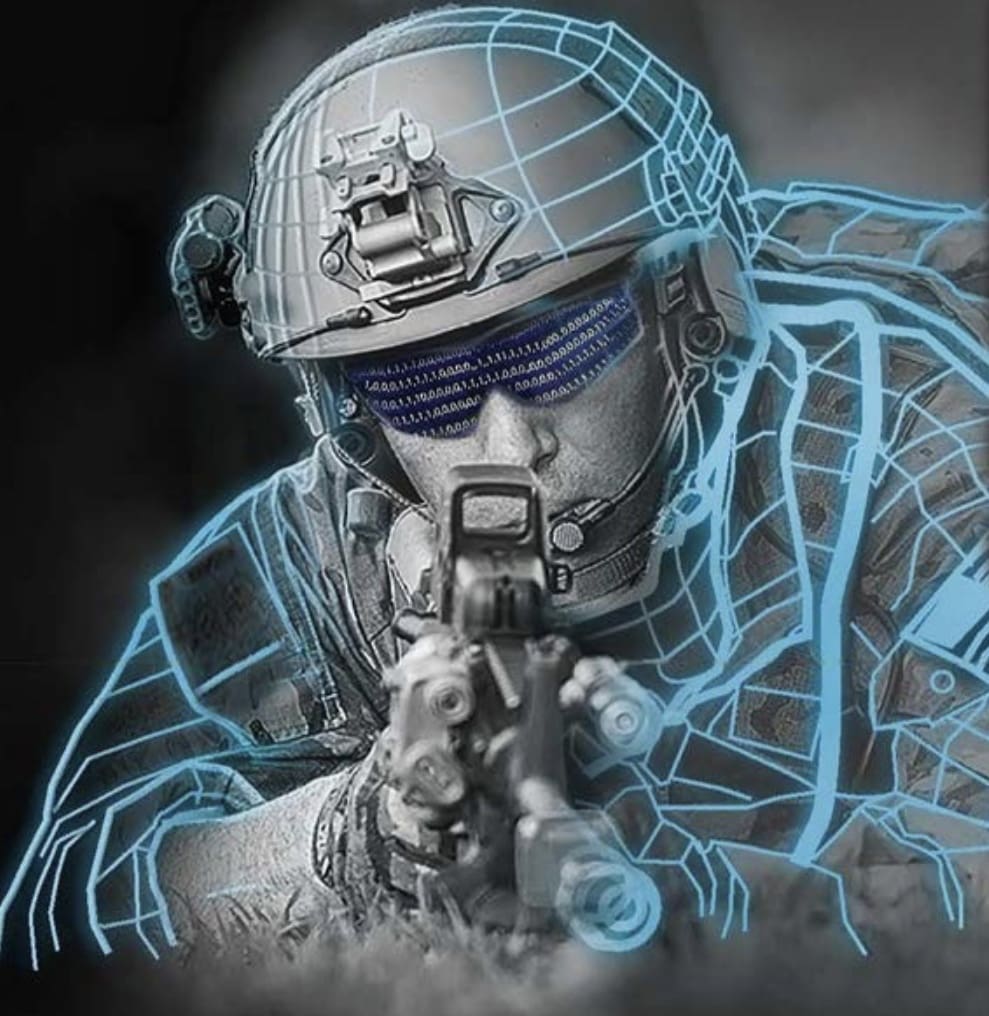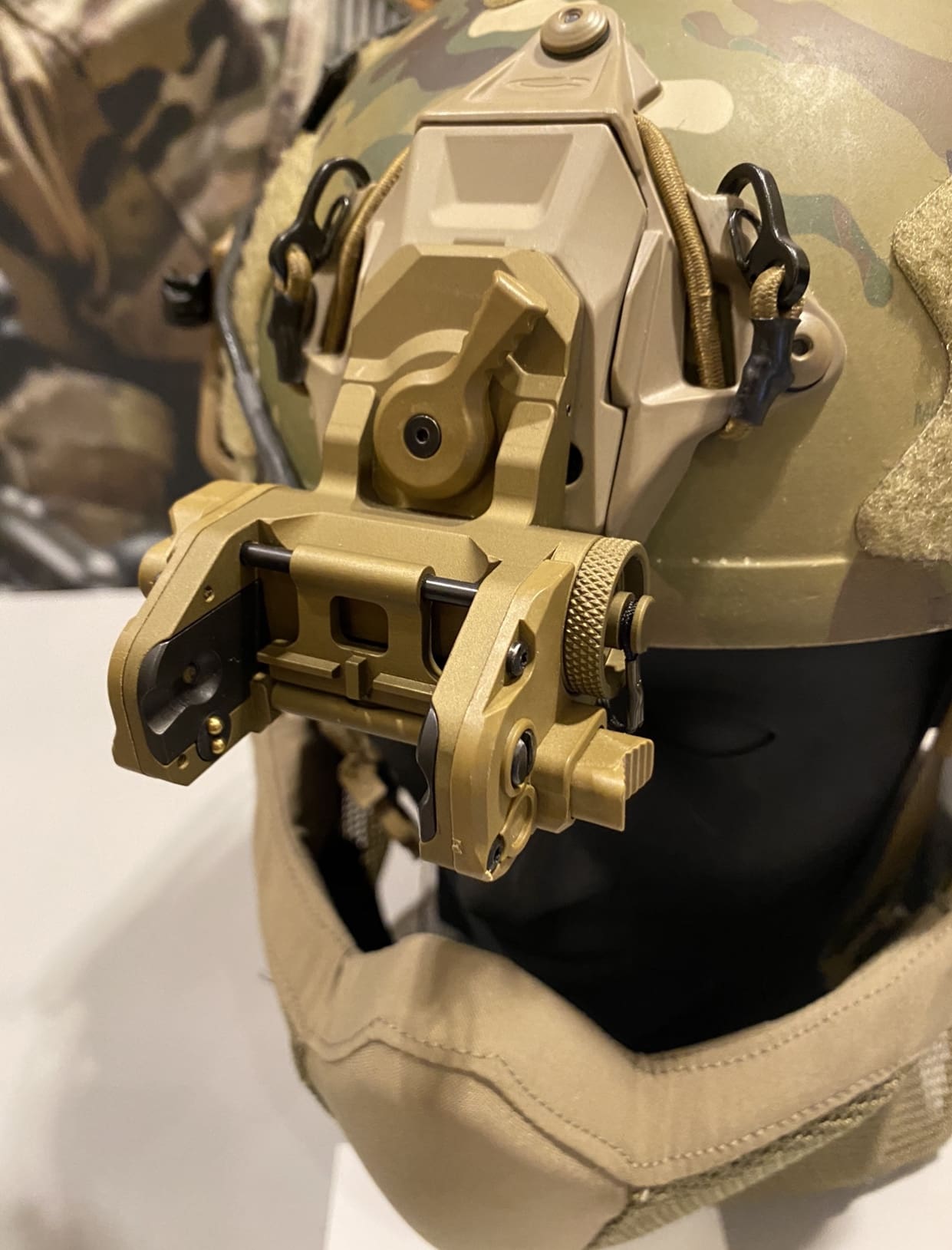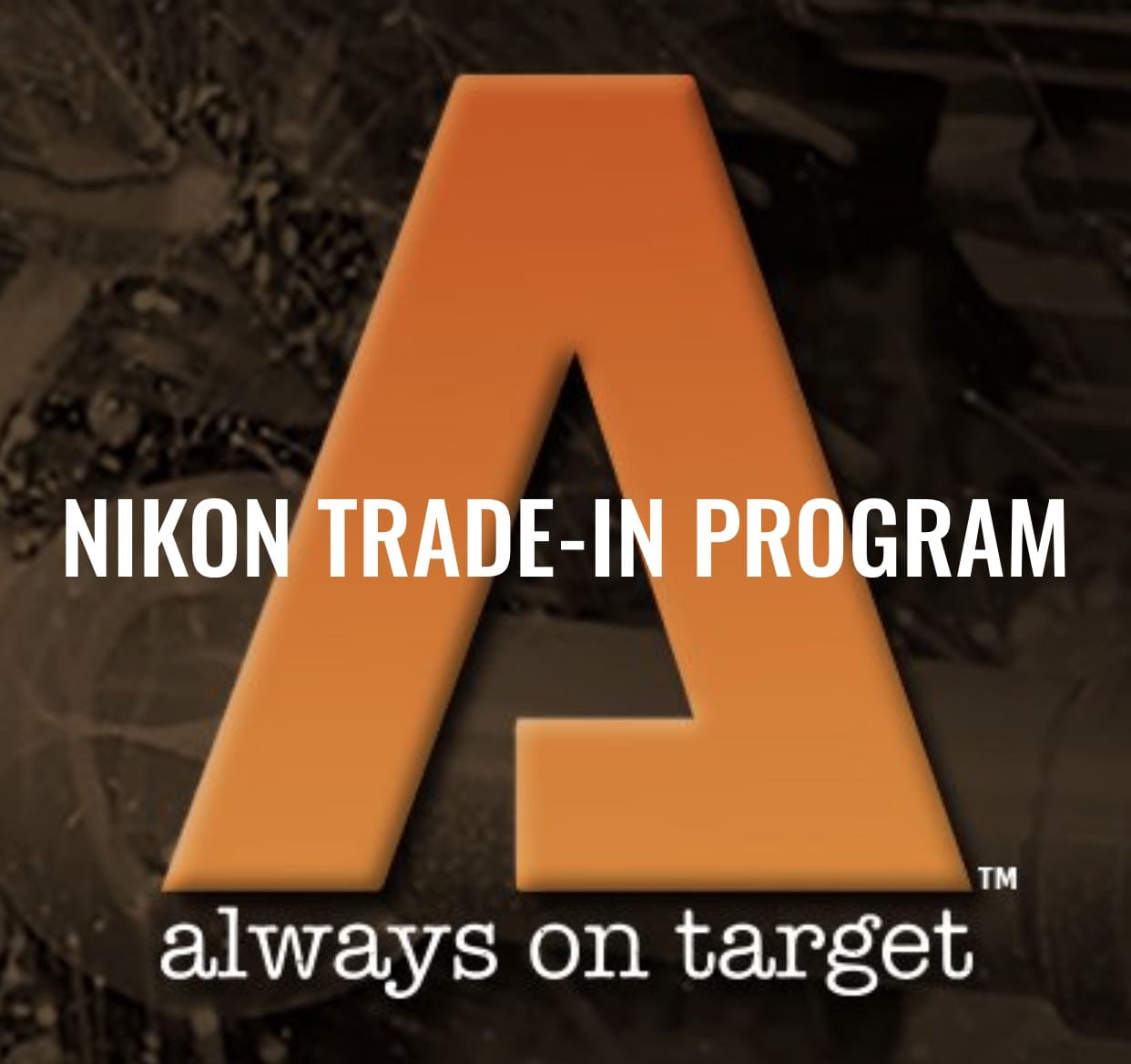CP Aeronautics Offers American Built Combat Proven Unmanned Aerial Systems for Defense, Homeland Security, and Civil Applications
San Diego, Calif. – CP Technologies today launches a new division, CP Aeronautics, to provide integrated turnkey solutions based on unmanned aerial systems (UAS) platforms, payloads, data links, ground control stations (GCS), and communications for defense and civil applications.
Designed as leading-edge UAS-based solutions, CP Aeronautics’ systems offer operationally proven solutions for Intelligence, Surveillance and Reconnaissance (ISR) systems requirements. CP Aeronautics’ broad product portfolio has demonstrated excellent performance and operability in very demanding environments. Backed by continuous research and development, these systems are built on three decades of technological and operational experience.
Brad Pilsl, Vice President Of Business Development at CP Aeronautics, shares, “Through our in-house capability as a UAS manufacturer and integrator with specialist subsidiaries and technology partners, we offer a complete range of subsystems including air vehicles, inertial navigation and avionics, electro-optical payloads (EO), communications, propulsion systems, launch and retrieval systems, command and control units. We also offer high-end training solutions for our partners and customers.”
CP Aeronautics will support government and commercial customers with the entire infrastructure necessary for development, production, integration, flight-testing, certification, and operational support of UAS throughout their service.
The combat-proven operational systems include:
Orbiter 2 Small-UAS (SUAS)
Orbiter 3 Small Tactical UAS (STUAS)
Orbiter 4 Small Tactical UAS (STUAS)
Aerostar Tactical UAS (TUAS)
Dominator XP (MALE UAS)
Pegasus 120 High-performance Multi-Mission Vertical Takeoff and Landing (VTOL) UAS
For more information on CP Aeronautics’ systems, please visit: cp-aeronautics.com

























































































































